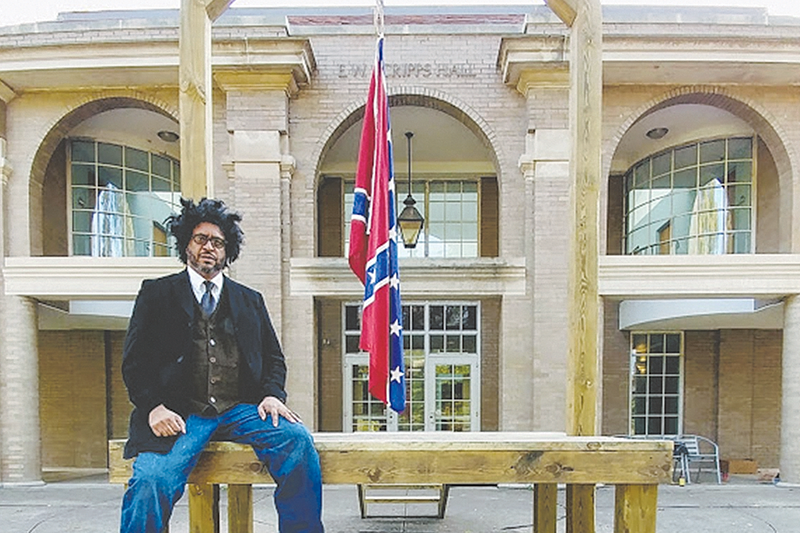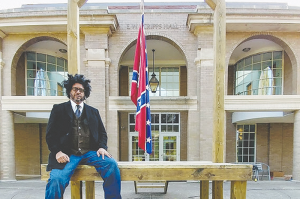John Sims: Conceptual artist challenges conventional conversations about history, racism and love


 “I’m from Detroit,” Sims explained “I went to a college prep school, but I also took classes at the [vocational] school, so I was on both sides, college prep and tech side…and was also very involved in labor movement politics and left-wing politics. So, I think those things informed me.”
“I’m from Detroit,” Sims explained “I went to a college prep school, but I also took classes at the [vocational] school, so I was on both sides, college prep and tech side…and was also very involved in labor movement politics and left-wing politics. So, I think those things informed me.”